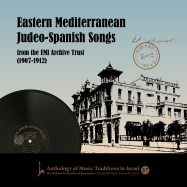(3476 results found)
39. Una huerfanica amo yo (CES)
… An unknown song defined as a şarki in makam Hüzzam. The melody recalls a waltz. Una huerfanica amo yo en bien … 7 … 40861 … Eastern Mediterranean Judeo-Spanish Songs from the EMI Archive Trust (1907-1912) … Ladino, Ladino - … … Ottoman Empire … Sephardic music … Salonica … Saloniki … Thessaloniki … Eastern Sephardi … 39. Una huerfanica amo yo …
38. Cantiga de Hanum Dudún (CES)
… See the notes to another recording of this song in no. 6 above (by Algava) and below no. 69 for a partial version by the choir La Gloria. The CES’s version is very similar to …
37. Un desgraciado de amor (CES)
… No other version of this love song is known. Grande es mi … 7 … 40857 … Eastern Mediterranean Judeo-Spanish Songs from the EMI Archive Trust (1907-1912) … Ladino, Ladino - … … Ottoman Empire … Sephardic music … Salonica … Saloniki … Thessaloniki … Eastern Sephardi … 37. Un desgraciado de amor …
36. La bella en misa (CES)
… A very truncated version of the romance La bella en misa (CMP S7) as documented in Salonica around the beginning of the twentieth century. This story about a beautiful lady …
35. Toma mi alma y tómala (CES)
… A rare cluster of stanzas with a well-known refrain. The closest version to this love song was documented by … de Salonik performed by Jako Poliker ( 2012 ) that shares the same melody and stanza 3. Stanza 3 is also included in … (PF 034/06; Hemsi 1995, no. 84; Idelsohn 1923 , no. 480). The refrain also appears in El fostán y el chapeo (see, PF …
34. Te vide una mañana (CES)
… A love song whose combination of stanzas is unknown in other sources. Stanza 4 is included in various wedding songs: … no. 60, sung by Rosa Avzaradel, Rhodes). It also appears in the song Bulisa recorded by Haim Effendi ( 2008 , CD 4, no. 2), that is probably a version of the old Sephardic song El mancebo enamorado ( Pedrosa 1994 …
33. S’alevantó bula Linda (CES)
… this is a wedding song, since it refers to topics such as the ašugar (dowry), marido (husband), desposar y casar … (engagement and marriage) and fašadura (baby diapers). The literary motifs of the encounter in the middle of the road ( en medio del …
32. La agonía del amante Rosa mia (CES)
… The opening of this song, “Conğa mía conğa mía / chichek de mi cabeza” (“conğa” means “rosebud” in Turkish; the name of the song on the record label is “Rosa mia”) is a formulaic …
31. El lindo mancebo + Los amantes de la casa rica Oh! que lindo mancevo (CES)
… A combination of stanzas, of which the first three are rather rare and to date documented only in Salonican sources ( … 1947 , no. 84). In contrast, stanzas 4-6 are widespread in the modern recorded repertoire and are usually sung together …
30. Muero de amor (CES)
… this CES recording), this şarki is not documented in any other Sephardic oral or written source known to us. Apparently, it was never part of the oral tradition, and may have been a Ladino cover of a … style and topic (ardent, overt love) underscores its rather modern origins. Muero, muero d’amor. Por que sufro …



